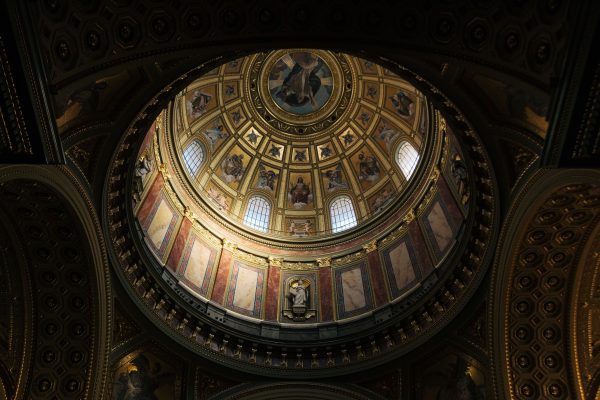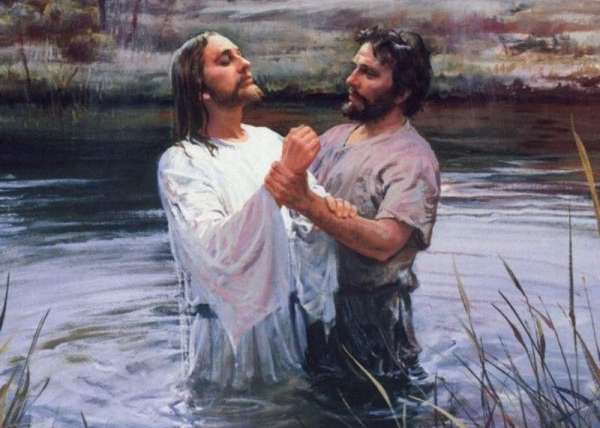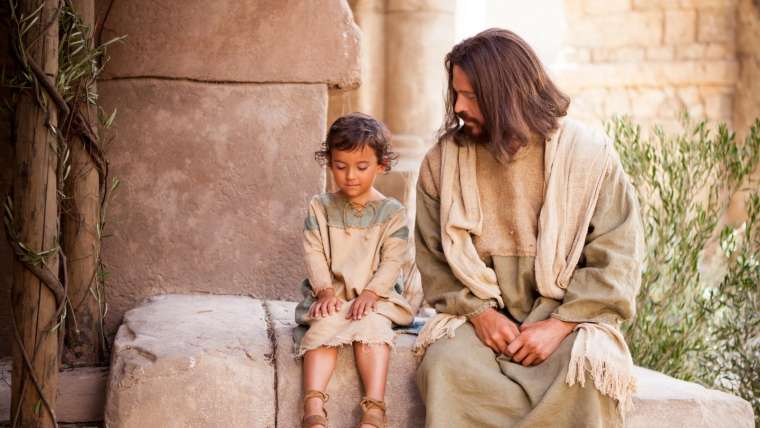Via Dolorosa means the “Way of suffering” or “Sorrowful way”.
Via Dolorosa is a term used to describe the ceremonial route of Jesus in the Old City of Jerusalem. This path is described by historians as a path where Jesus Christ walked towards His crucifixion. The way starts near the Lion’s gate from the Muslim Quarter, and ends at the Church of the Holy Sepulcher, in the Christian Quarter. This way covers a distance of 600 meters, which is now a celebrated place for Christian pilgrimage. The route has been recognized since the 18th century, replacing all the previous versions.
Five stations were established inside the church of Holy Sepulcher.
The Stations of the Cross:

First Station: Jesus Trial
Jesus was brought to trial in front of Pontius Pilates. This sight is known as Madrasa al- Oriya. This madrasa is still used as a school, and can be visited with the permission of its caretaker. Usually, there are young Muslim kids outside, that will open the school gate for 5 or 10 shekels a person.
Station Two: The bearing of the Cross
At the Second Station, Jesus took His cross. This station is across the road from the First Station located right next to the Franciscan Monastery of the Flagellation. For Catholics, the Chapel on the left (Chapel of Condemnation) represents the site where Jesus was sentenced to death.
Walking towards the Third Station, you`ll notice the Ecce Homo.
The Ecce Homo Arch is an impressive arch made of stone, built above the Via Dolorosa Street.
This ancient arch is known as Ecce Homo, which means in Latin “This is the man”. According to the New Testament (John 19-15), these were the words of the Roman governor Pontius Pilate, when he presented Jesus to the crowd, before sentencing him to death.
In the past, many believed that this arch was once part of an ancient arch in the Antonia Fortress where Jesus was sentenced, and under this arch the Roman governor announced: “This is the man”, which is the reason for the arch’s name.
But in fact, the arch was built after the times of Jesus. It was built during the 2ndcentury AD, the era of the emperor Hadrian, and was part of the Roman victory gate, which was the entrance gate to the “Forum” (a public courtyard). It was a gate with 3 arches. In this street we can see the remnants of a big central arch. On both sides of the arch there were smaller arches. The small northern arch was integrated into the adjacent Convent of the Sisters of Zion, where the Struthion Pool and the courtyard of the Roman Forum were discovered.
One can enter the entrance hall of the monastic church and view the northern arch free of charge.
Walking some more, you`ll notice the Prison of Jesus, on the right side of the road.
The place where Jesus was said to be incarcerated before his crucifixion was one of the most frequented stops for pilgrims in the Middle Ages.
Station Three: Jesus falls for the first time
At this point Jesus got tired of carrying the cross. He fell first time at this Station under the weight of the cross. This Station is located in the Muslim Quarter.
Station Four: Jesus meets His mother, Mary.
Station Four is the exact point where Virgin Mary watched Her son go by with the cross. This place is celebrated at the Armenian Church of Our Lady of Spasm. Inside the church, an outline of Lady Sandals can be seen, that are said to be footprints of Saint Mary.
Station Five: Via Dolorosa: Simon of Cyrene
At this point, the Roman soldiers stopped a passerby (Simon of Cyrene) and ordered him to carry the cross with Jesus and help him. The location of this event is acknowledged as the junction of Via Dolorosa, where it turns West and narrowed towards an uphill.
Station Six: Veronica wipes the face of Jesus
There is a small Greek Catholic Chapel at this Station. Its name is “Holy Face”. Saint Veronica met Jesus and she reached out to wipe sweat from His face. To her astonishment, there was Jesus`s face imprinted on the cloth. The relic is known as Sudarium or Veronica meaning “True image”.
Station Seven: Jesus fell for the second time
There is a Franciscan Chapel at this Station, where Jesus fell for the second time, while on His way to crucifixion.
Station Eight: Jesus and the women of Jerusalem
This Station marks the event where Jesus consoled the weeping women, and He says: “weep not for me, but for your children and yourselves.”
Station Nine: Jesus fell for the third time
This station marks Jesus`s third fall. The sight is at a Coptic Church.
Station Ten: Jesus is stripped from His clothes.
Jesus is stripped from all His garments and put on display.
Station Eleven: Jesus is nailed to the cross
At this point, Jesus was taken up to Golgotha and He was nailed to a cross. The main assortment at this Station illustrates a picture of Jesus nailed to the cross, Maria Magdalene and Mother Mary being by His side.
Station Twelve: Jesus dies on the cross
At His last breath, Jesus looked up and said “Forgive them, Father for they know not what they do” (Luke 23, 34)
Station Thirteen: Jesus is taken down from the cross
Jesus` body was handed to His mother after His soul departed His body. This station is remembered inside the Church of Holy Sepulcher at the Latin altar as “Our lady of Sorrows”.


Station Fourteen: Jesus is laid down in His tomb
Jesus`s body was removed from the cross, and as Sabbath approaching, it was difficult for mother Mary to arrange a tomb. So, a man called Joseph Arimathea offered his own tomb. Jesus was put in burial shrouds. Three days after His burial, Maria Magdalene and Mother Mary arrived at His tomb. To their surprise, His body disappeared. It was then an angel that told them Jesus resurrected.



